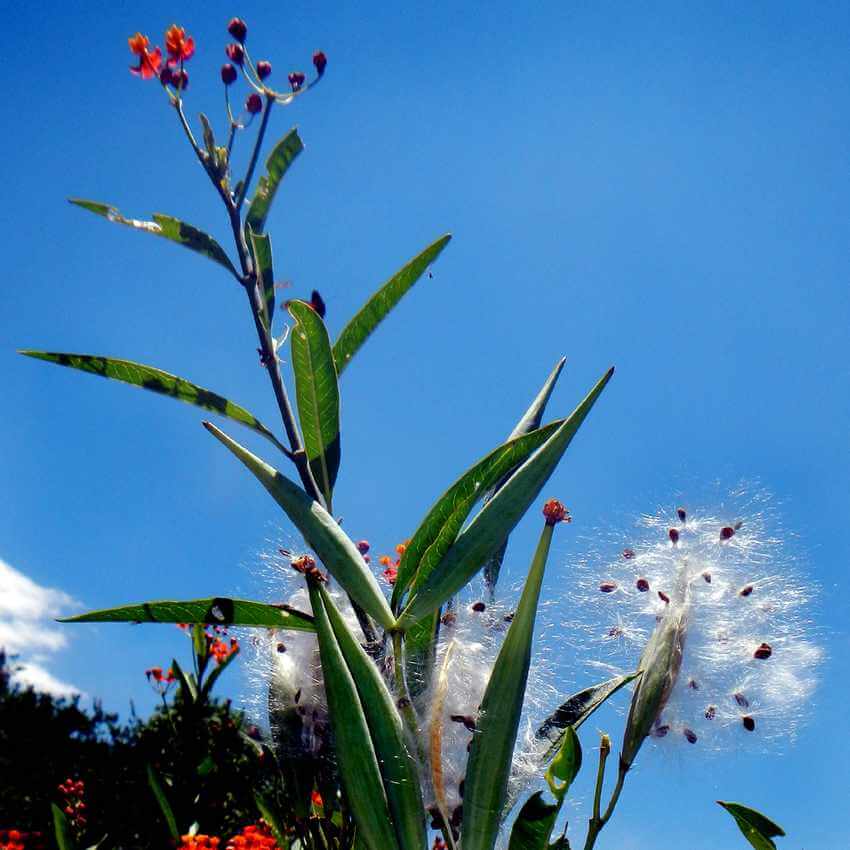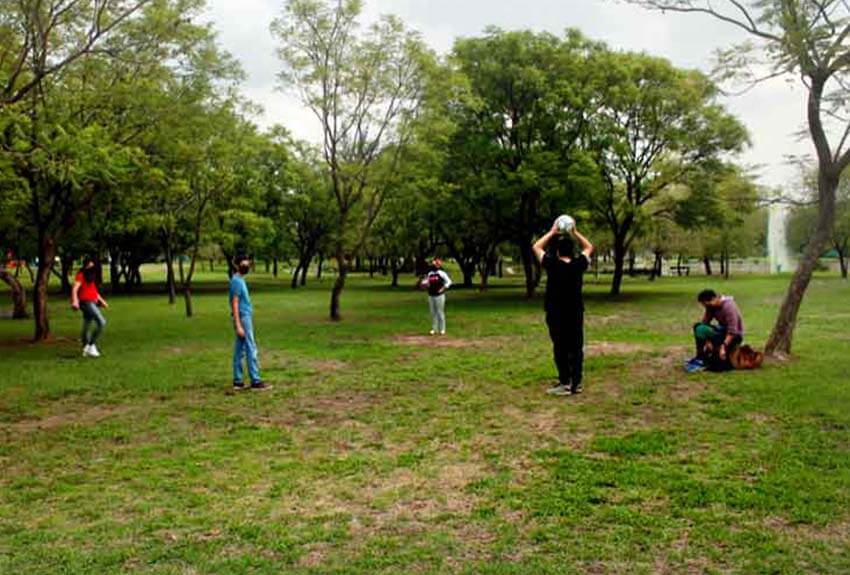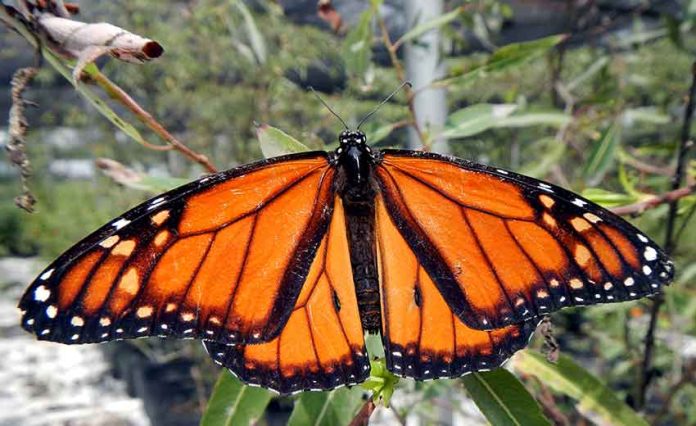If you get to know one urban park in Guadalajara, make it Parque Metropolitano.
The city’s biggest such manmade green space, it’s a carpet of green covering 108 hectares and a favorite site for joggers and cyclists, as well as soccer, baseball and volleyball players. Great numbers of families also come to Metro Park to picnic on the grass under a shady tree.
One day, I heard a rumor that the park also has a mariposario, a monarch butterfly sanctuary. I decided to go have a look.
Upon arriving at the parking area, I walked up to a sign displaying a map of Metro Park, but it did not mention the butterfly house anywhere. I turned to my wife Susy: “No te preocupes, mi corazón,” I told her. “It’s here somewhere. We just have to start asking everyone we see; as you know, it’s the Mexican way.”
Sure enough, we soon found someone who had heard about the mariposario.
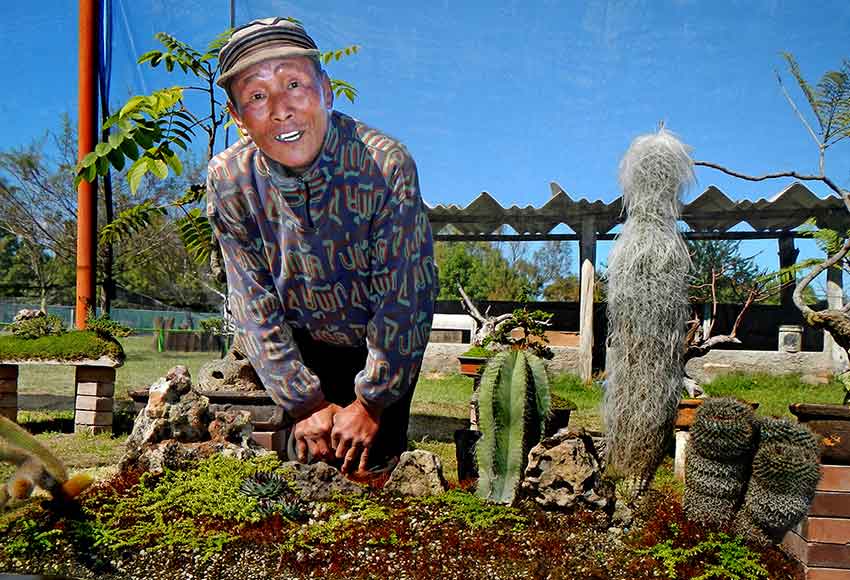
“Sorry, amigos,” he said. “You’re at the wrong end of the park. You have to go way off in that direction, where the offices are.”
After a nice long walk, we came to a high cyclone fence stretching off both ways into the far distance and topped with barbed wire. Susy was ready to give up the quest, but I began to walk along the fence until I saw some people inside.
“Excuse me,” I shouted. “I can’t tell whether I’ve come to a federal prison or the park’s offices — well, actually, I’m looking for the mariposario.”
“Bienvenidos,” said a worker. “You’re at the right place, but the entrance is way around on the other side — you’ll have to walk another 10 kilometers.”
Actually, he didn’t say that last bit, but I knew that’s what Susy was thinking.
“Um … there’s no gate on this side?”

“Bueno,” he said, and I could see a look of compassion in his eye for two old-timers who needed a break. “Bueno, I’ll let you in this workers’ gate here — but just this once.”
Well, I can think of some countries where they’d never let you slip in the back door, not even “just this once,” so we felt privileged.
Soon, we met a young lady named Naila Campos, who stood in front of a large enclosure entirely covered in netting and filled with milkweed plants.
“Welcome to the mariposario,” she said. “The first thing I should mention is that the monarch butterflies you see here are not the same as the famous migratory butterflies that travel from Canada to Michoacán to reproduce. The ones we have in Guadalajara are local monarchs. They carry out their entire life cycle right here, so you will see eggs, larvae and cocoons, as well as adult butterflies.”
Indeed. This was not a museum. Everything we could see was alive and reproducing. Visitors can spend as much time as they like observing the whole process — and with a biologist to answer all their questions!
“In order to raise monarchs here,” Campos continued, “we grow lots of milkweed plants. The butterflies look for these plants and deposit their eggs on their leaves. When the eggs hatch, the larvae eat the leaves. They only lay their eggs on this one kind of plant because the leaves contain a kind of poison.
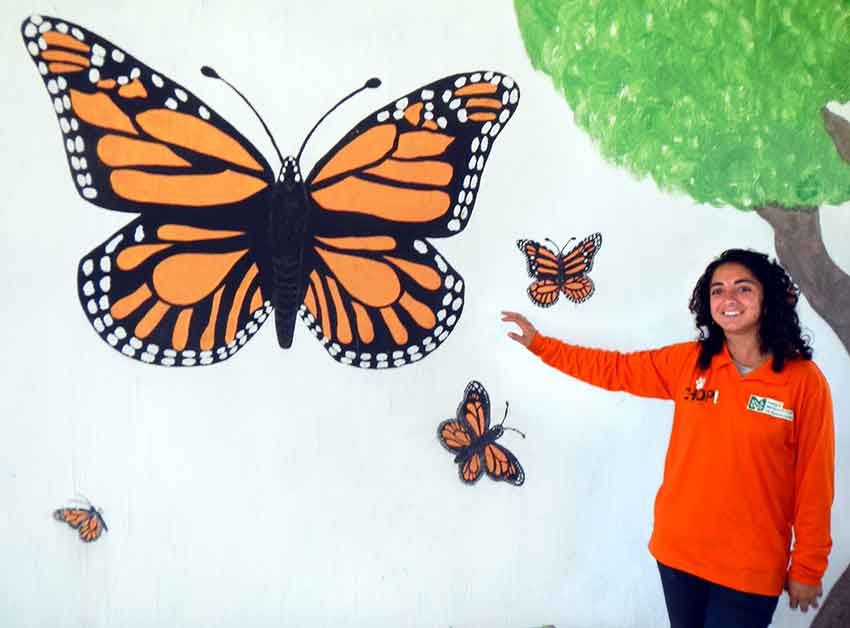
“When the larvae ingest it they, too, become poisonous, and they remain poisonous all the way through to the adult stage. This is their defense against predators. In fact, the very colors of this butterfly tell us it’s poisonous: in nature, any combination of black and orange, yellow or red means, ‘Watch out! I’m dangerous.’”
Campos also told us that this species of monarch butterfly is endemic to this part of Jalisco and has been living in the Primavera Forest and the Barranca de Huentitán (the canyon which forms the northern limit of the city) for a long, long time.
“They don’t need to migrate,” she said, “because here they can find everything they need all year round.”
Schoolchildren come to the mariposario every day to see the butterflies and interact with them. They can also wander along an interpretative trail and learn how to start a backyard garden.
We were about to leave when, next door to the mariposario, we saw a sign announcing bonsai classes.
“Yes,” Campos said. “These classes are offered by a Korean bonsai artist with over 50 years of experience. Why don’t you go take a look at his bonsais? He has hundreds on display.”

Another big enclosure surrounded by netting house the plants. Inside, we met the warm and ever-smiling Yoo Hae Sang and his countless bonsais — which, we quickly learned, were far more than miniature trees.
Each creation was a little island displaying a tiny Asian garden — simple, elegant and inspiring. In some of these mini-gardens, I could see exquisite arrangements of cacti, driftwood, orchids and natural rocks. In each case, the little garden rests on a specially made base that is in itself a work of art.
Mr. Yoo (his family name) learned the art of the bonsai at a tender age from his father in war-torn Korea. He has around 250 bonsais on permanent display there.
He took us on a short tour, where we appreciated tiny versions of native Mexican trees like the papelillo (Bursera or “tourist tree”) and the copal. I was also surprised to see miniature bougainvilleas and even oregano plants embellished with “natural art stones,” which Yoo calls “artipiedras” in his unique version of Spanish.
Such stones are greatly appreciated as art objects in Asia, he said, where they are considered very valuable.
Speaking of monetary value, we asked him how much his bonsais sell for.
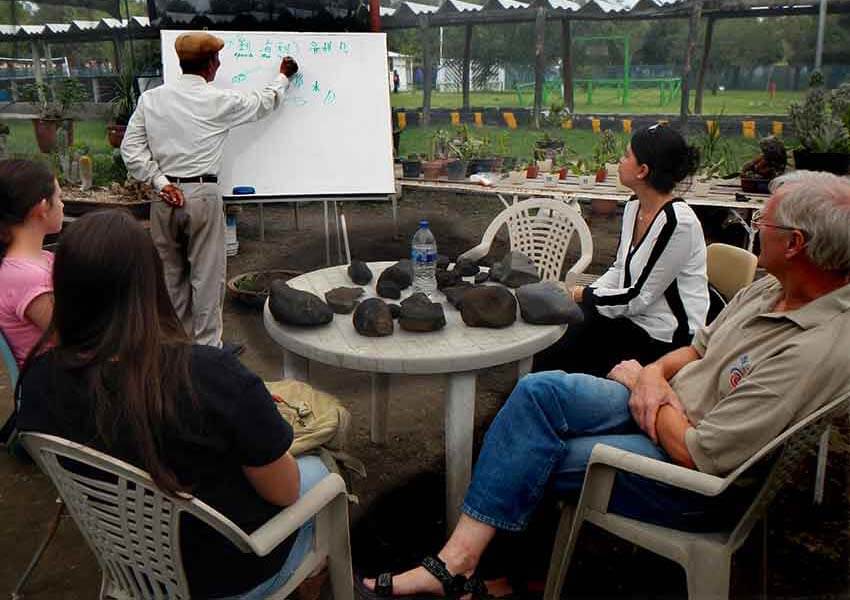
“Here in Mexico, they are muy baratos,” he said, meaning very cheap. “This miniature Christmas tree is 500 pesos, for example.”
I asked him which was his favorite creation.
“My favorite is this red copalillo tree — the trunk is just perfect. In the Far East, this bonsai would cost as much as a house.”
You can check out Yoo’s bonsais any day of the week, including Saturday and Sunday, if you go there between 10 a.m. and noon. The mariposario, however, has not yet recovered from the pandemic, so you’ll find its doors locked these days.
Plenty of butterflies, however, still flutter about outside the enclosure, where many milkweed plants continue to thrive.
To reach the bonsai and butterfly centers in Guadalajara’s Parque Metropolitano, ask Google Maps to take you to MHG5+QCQ Zapopan, Jalisco. This will get you to the gate of the fenced-in compound that houses the park’s offices. Here, you can simply tell the guard you would like to visit the bonsais, and you will be given access. If you visit, or have ever been there, let me know what you thought of it in the comments.
The writer has lived near Guadalajara, Jalisco, since 1985. His most recent book is Outdoors in Western Mexico, Volume Three. More of his writing can be found on his blog.
